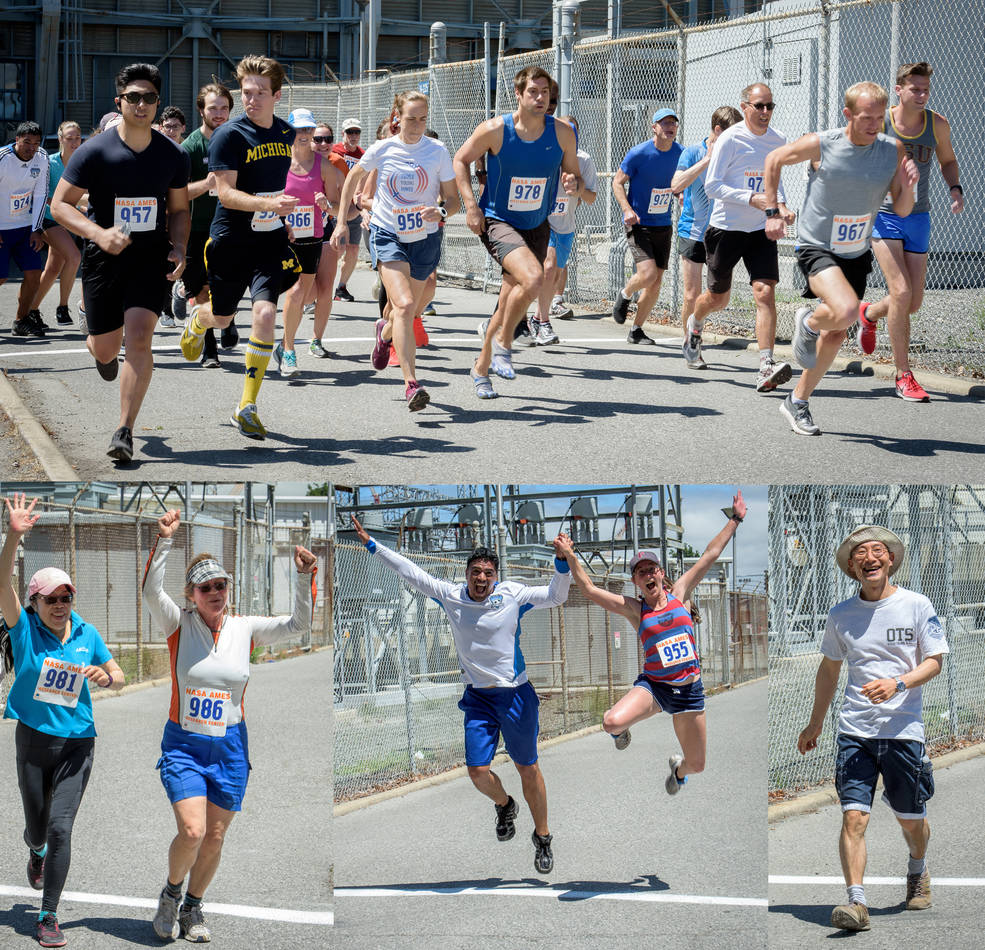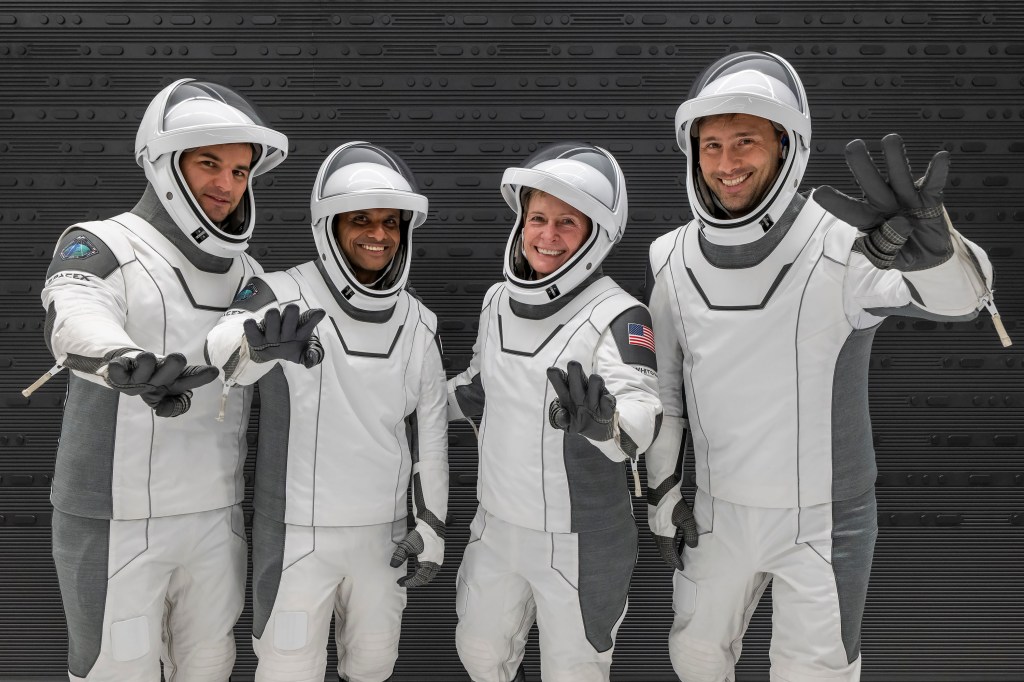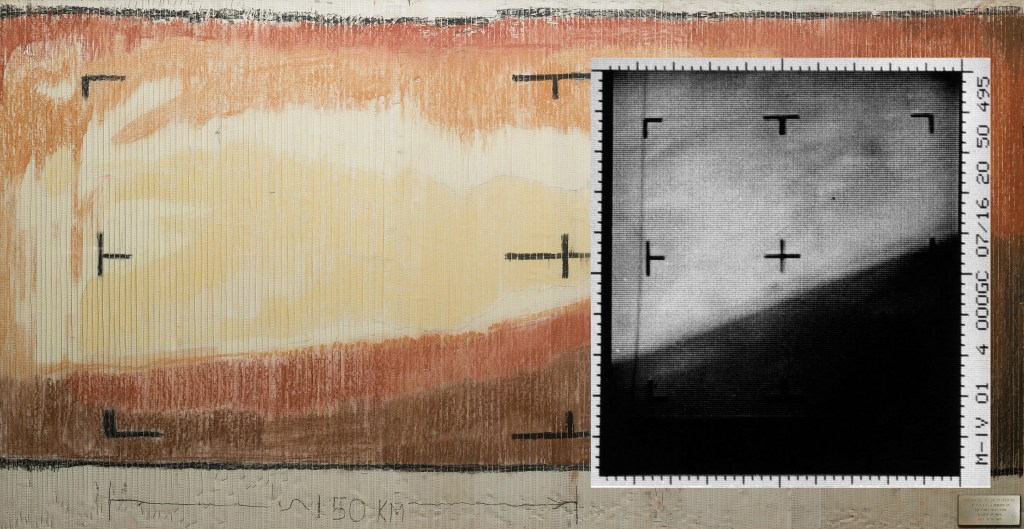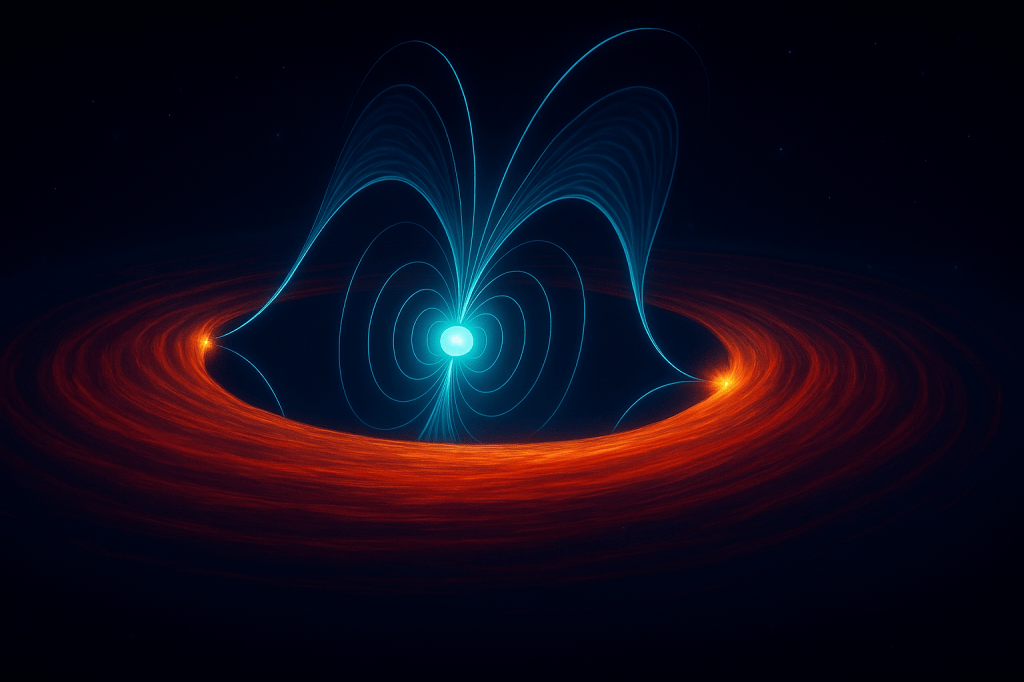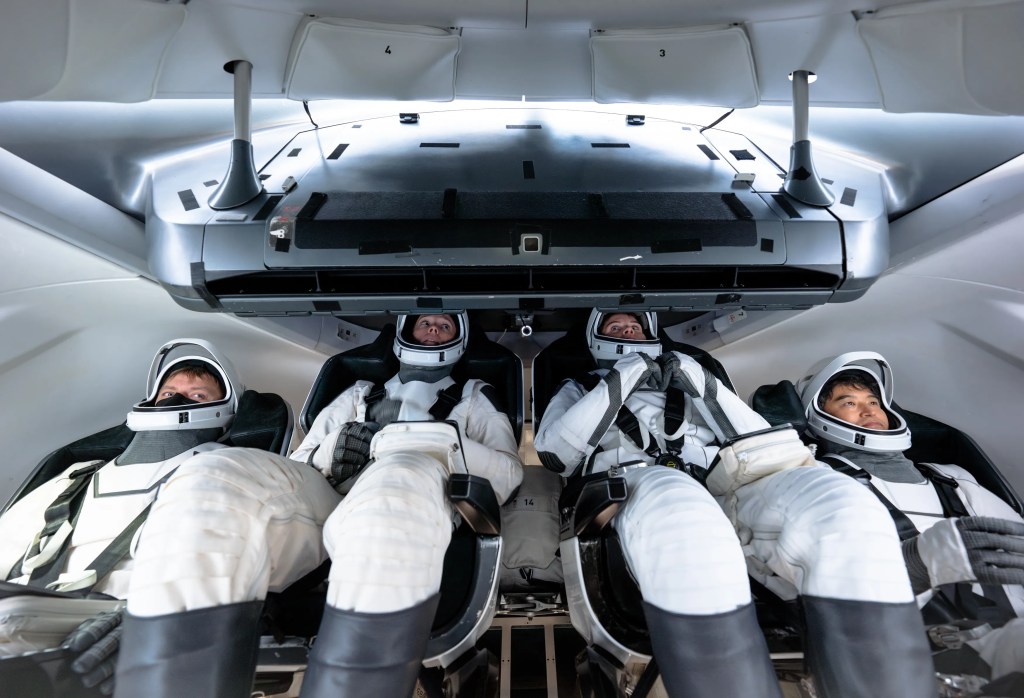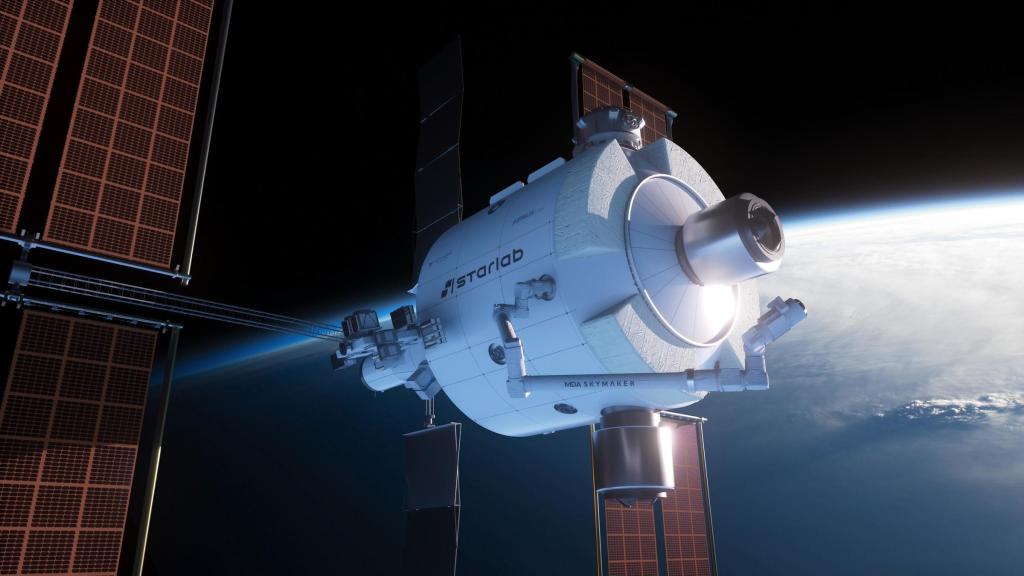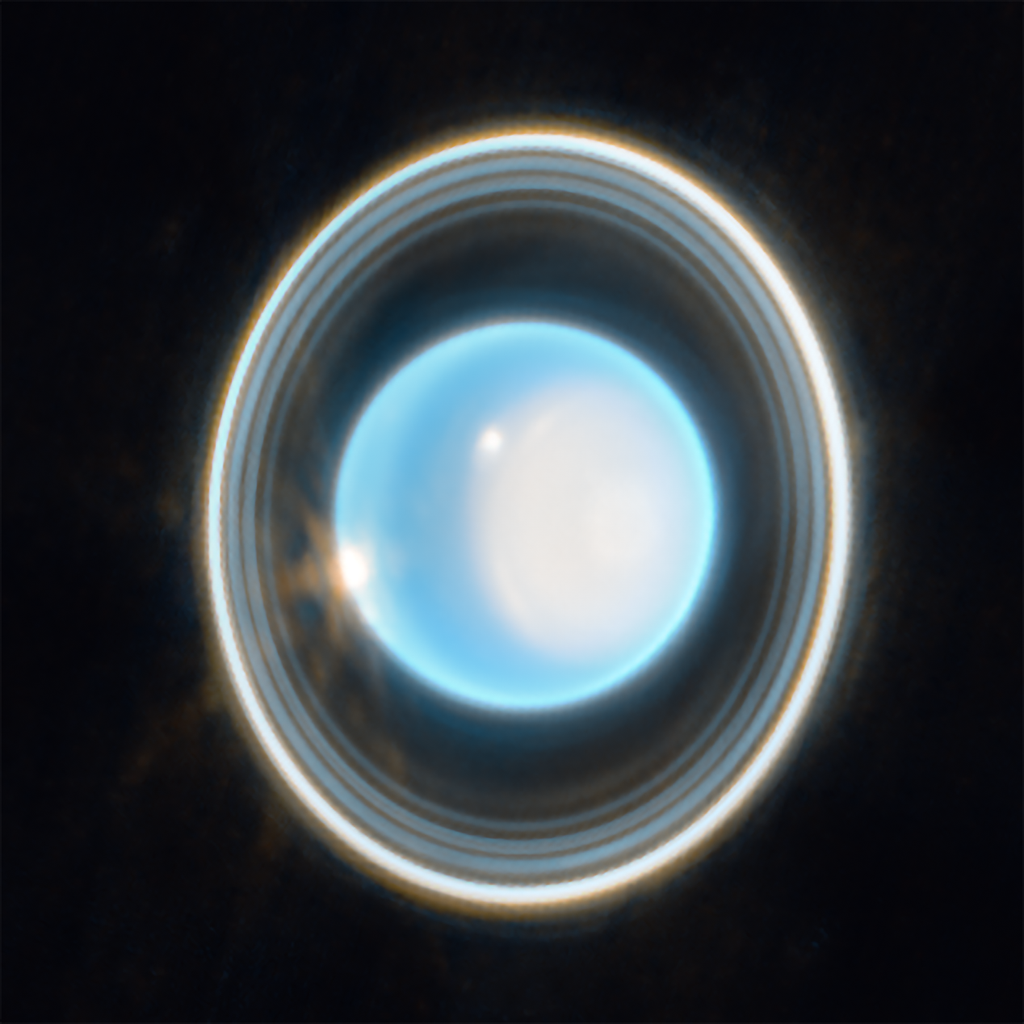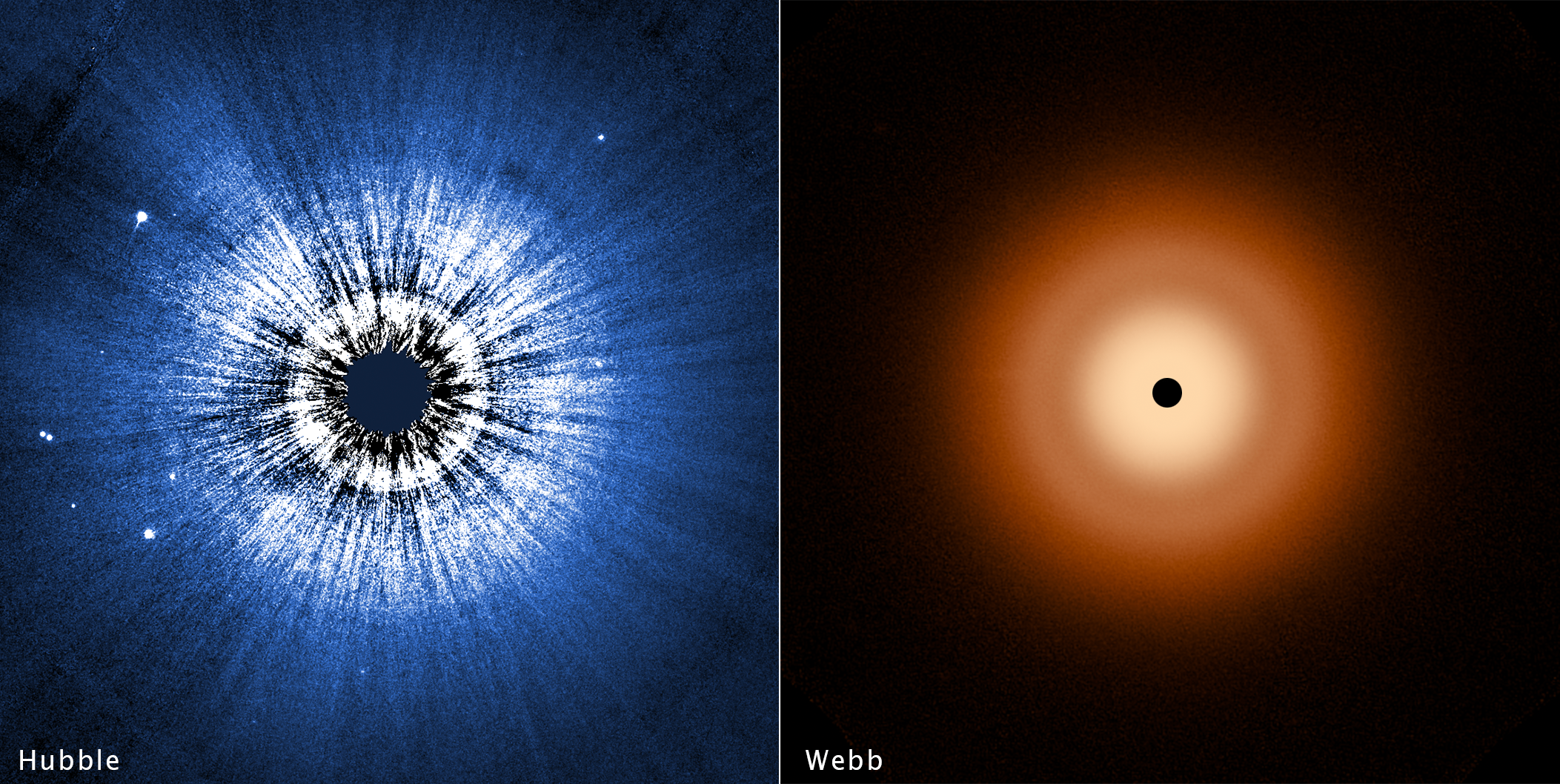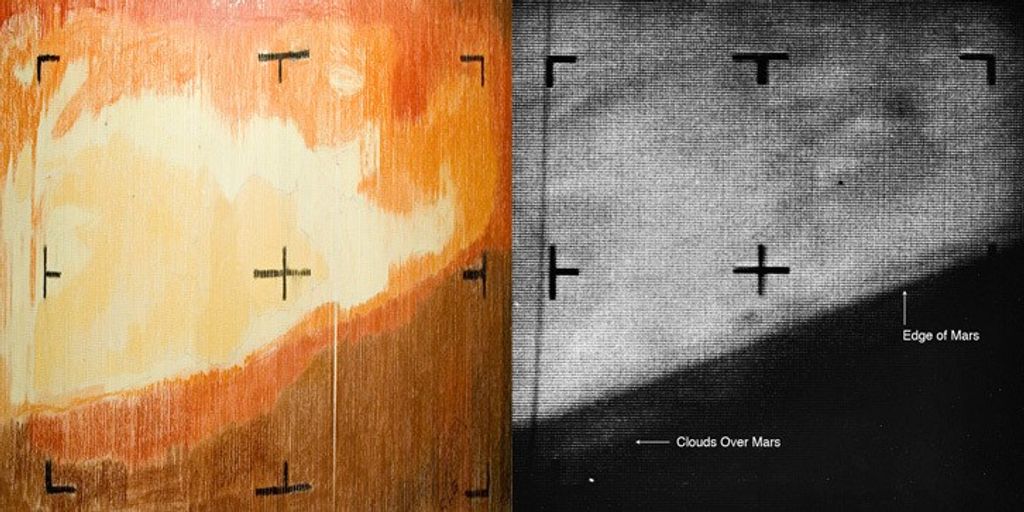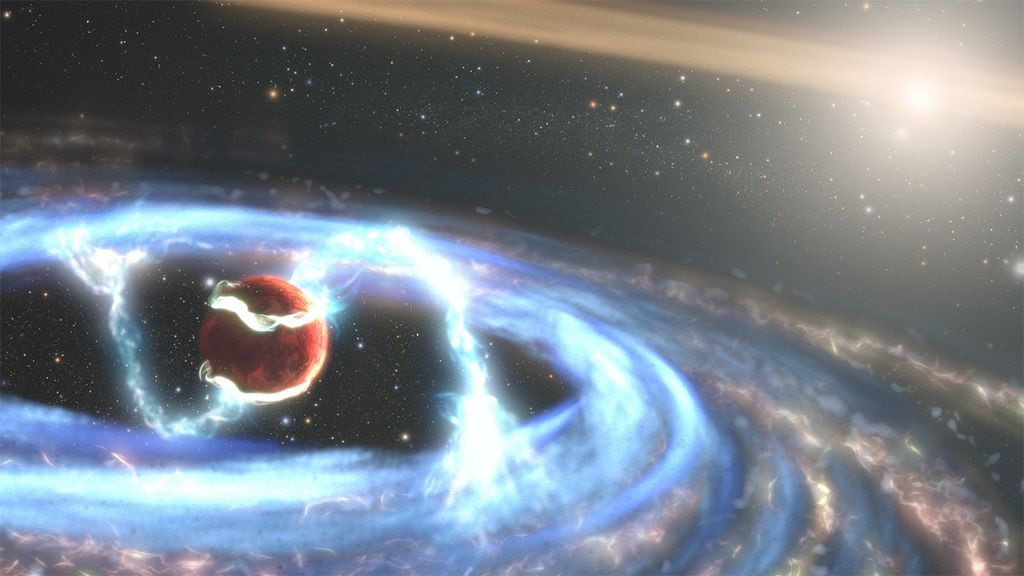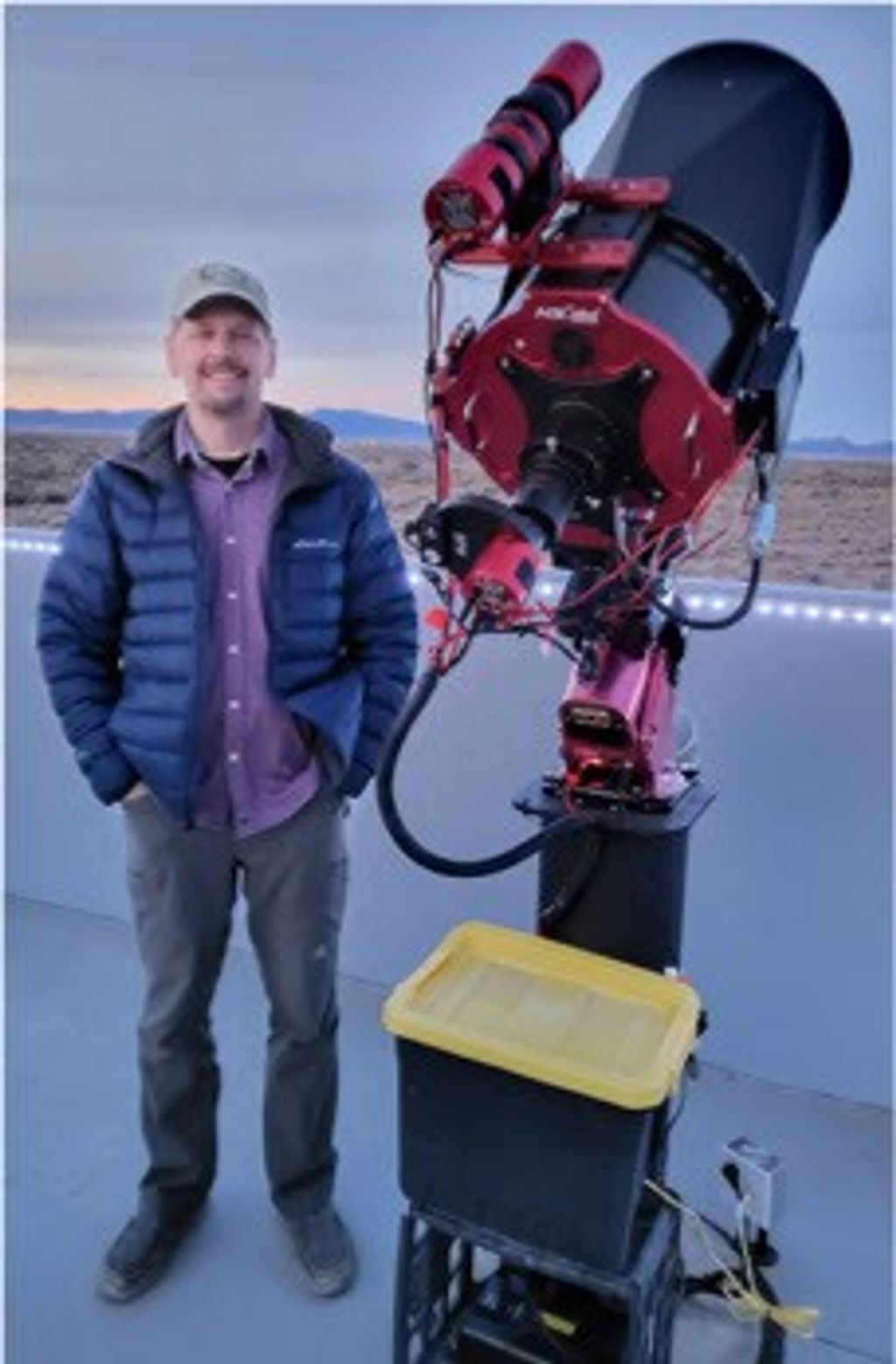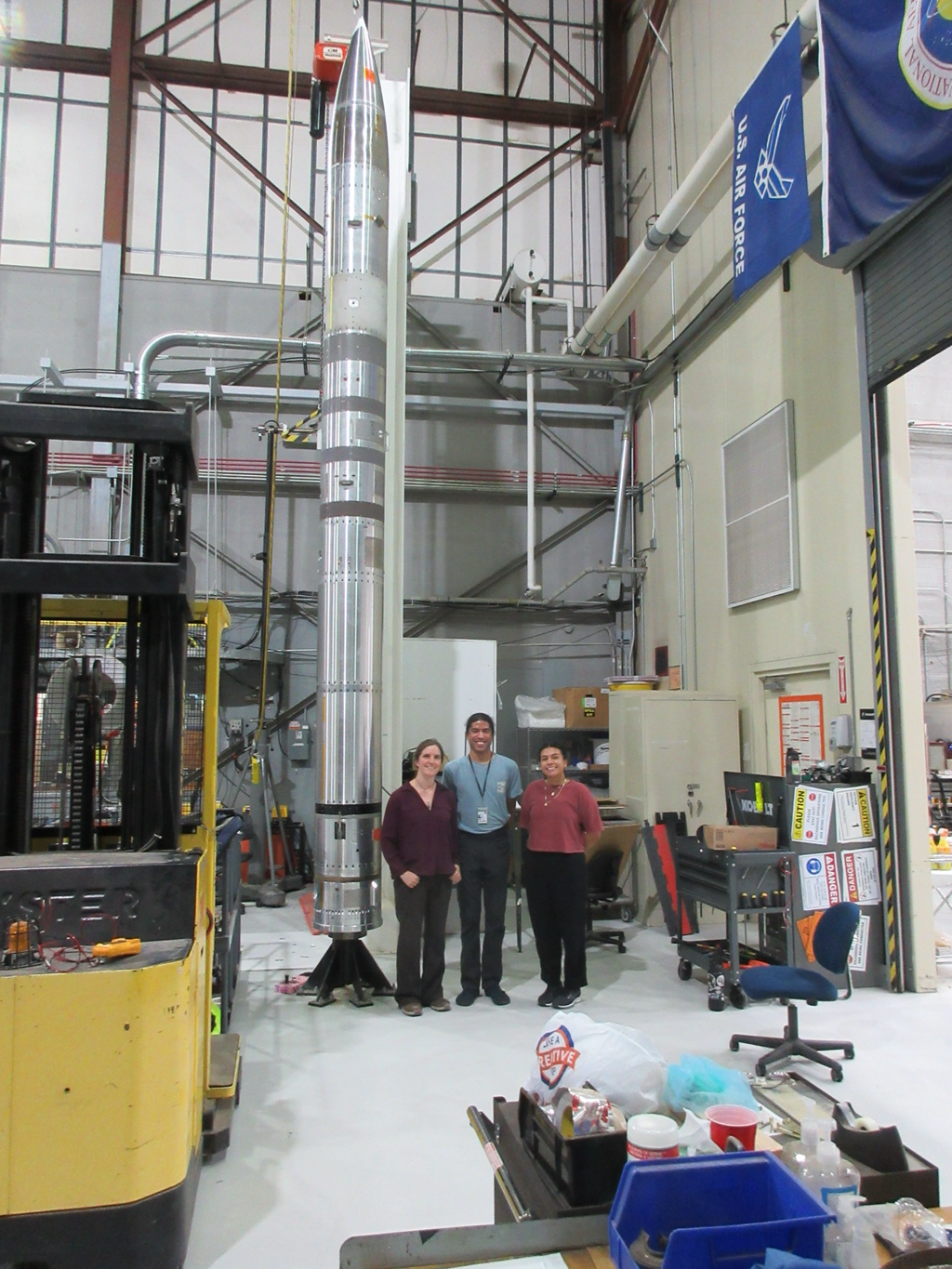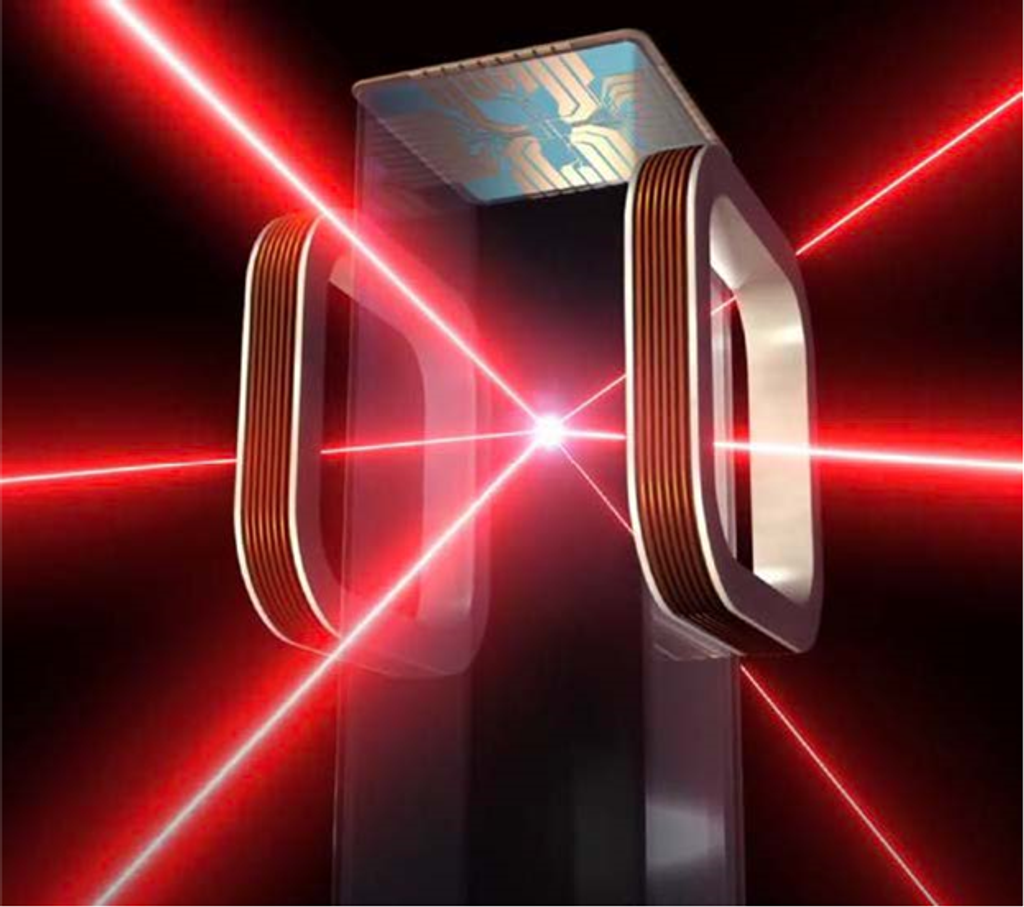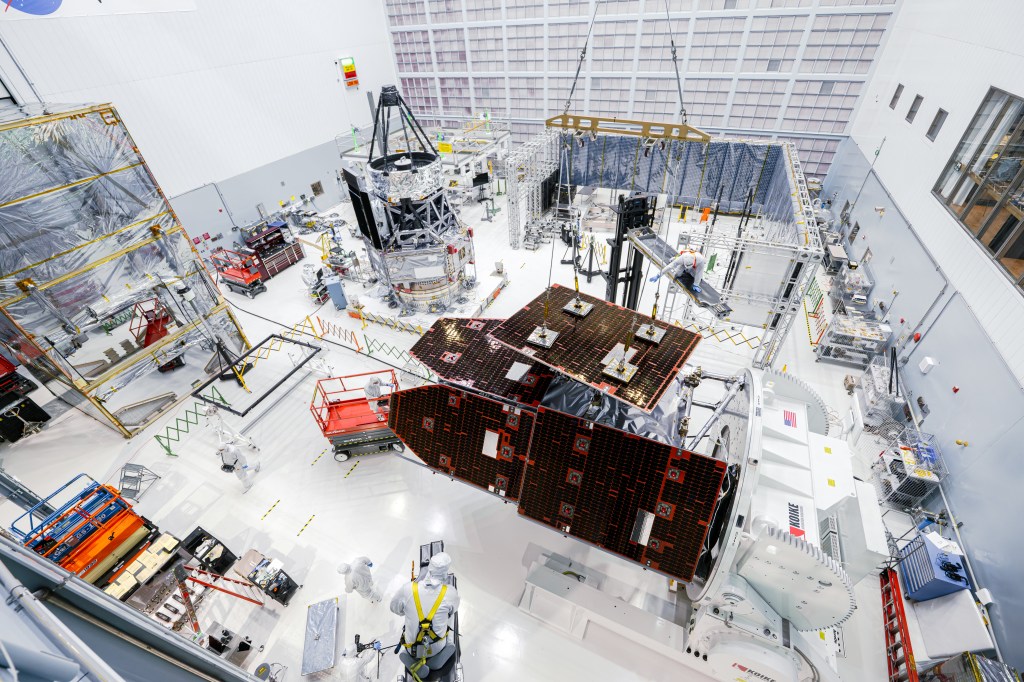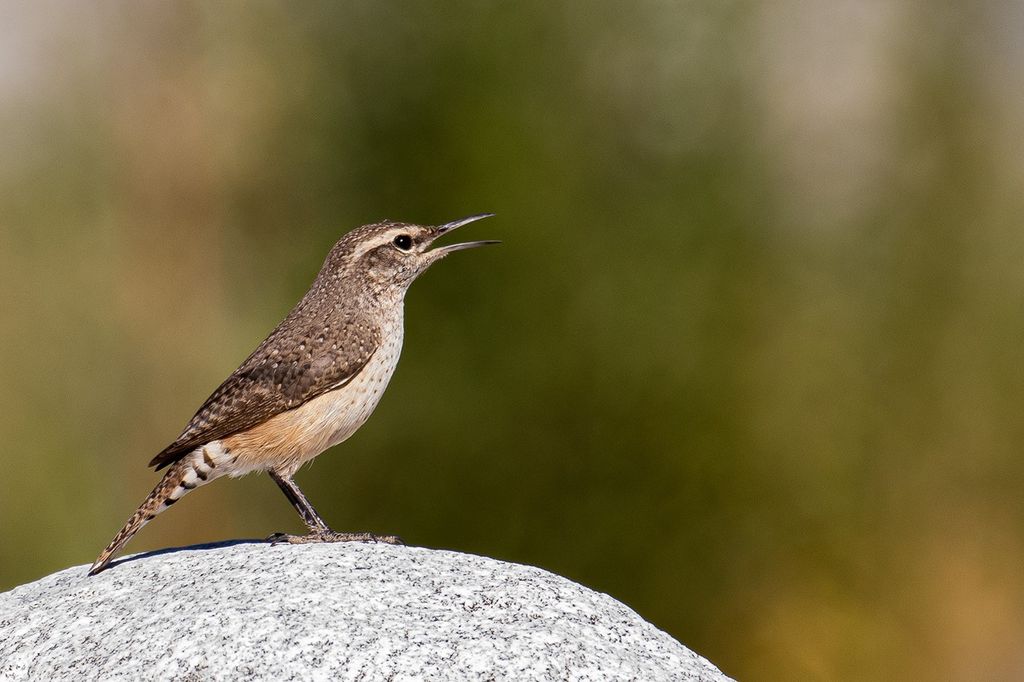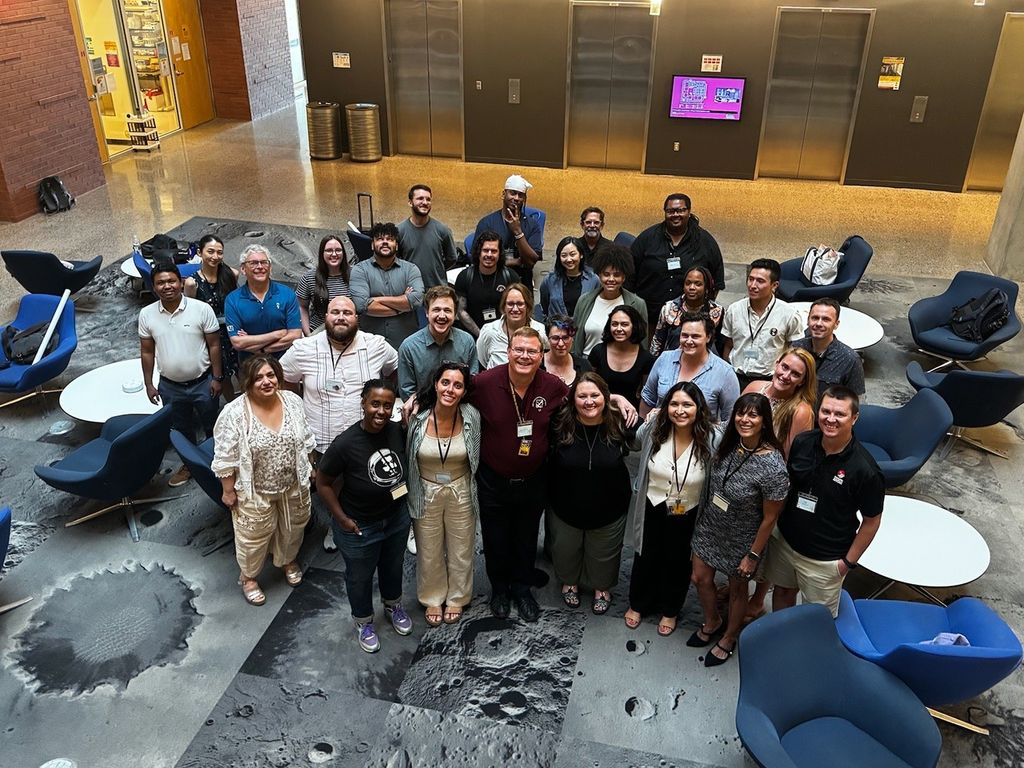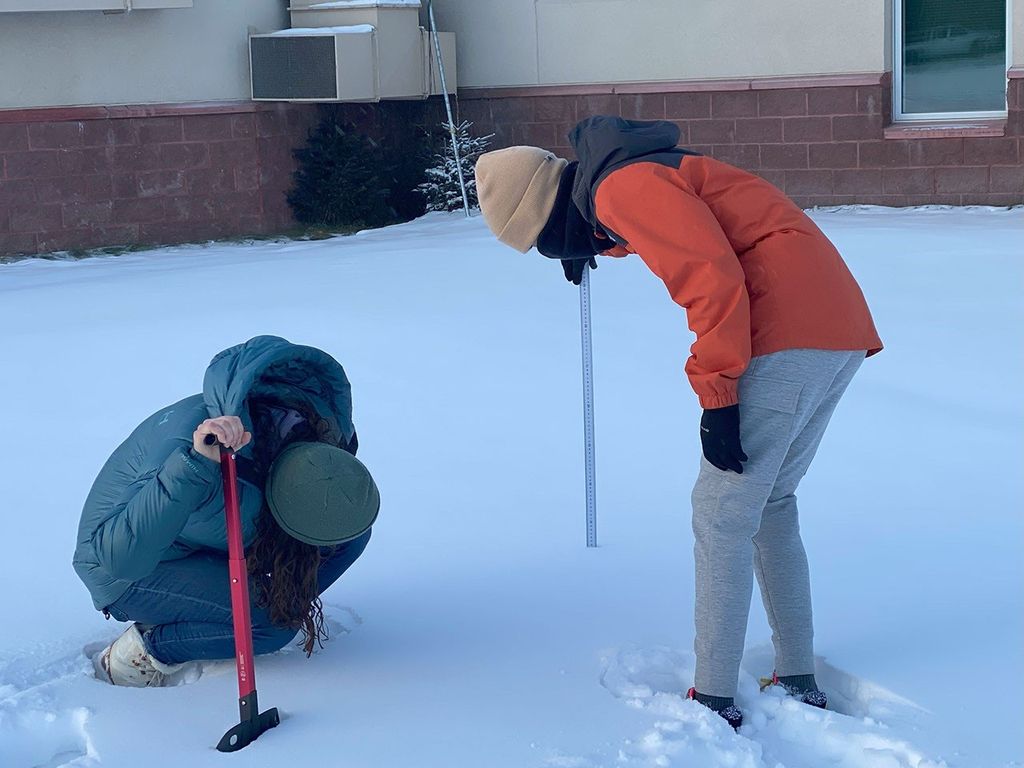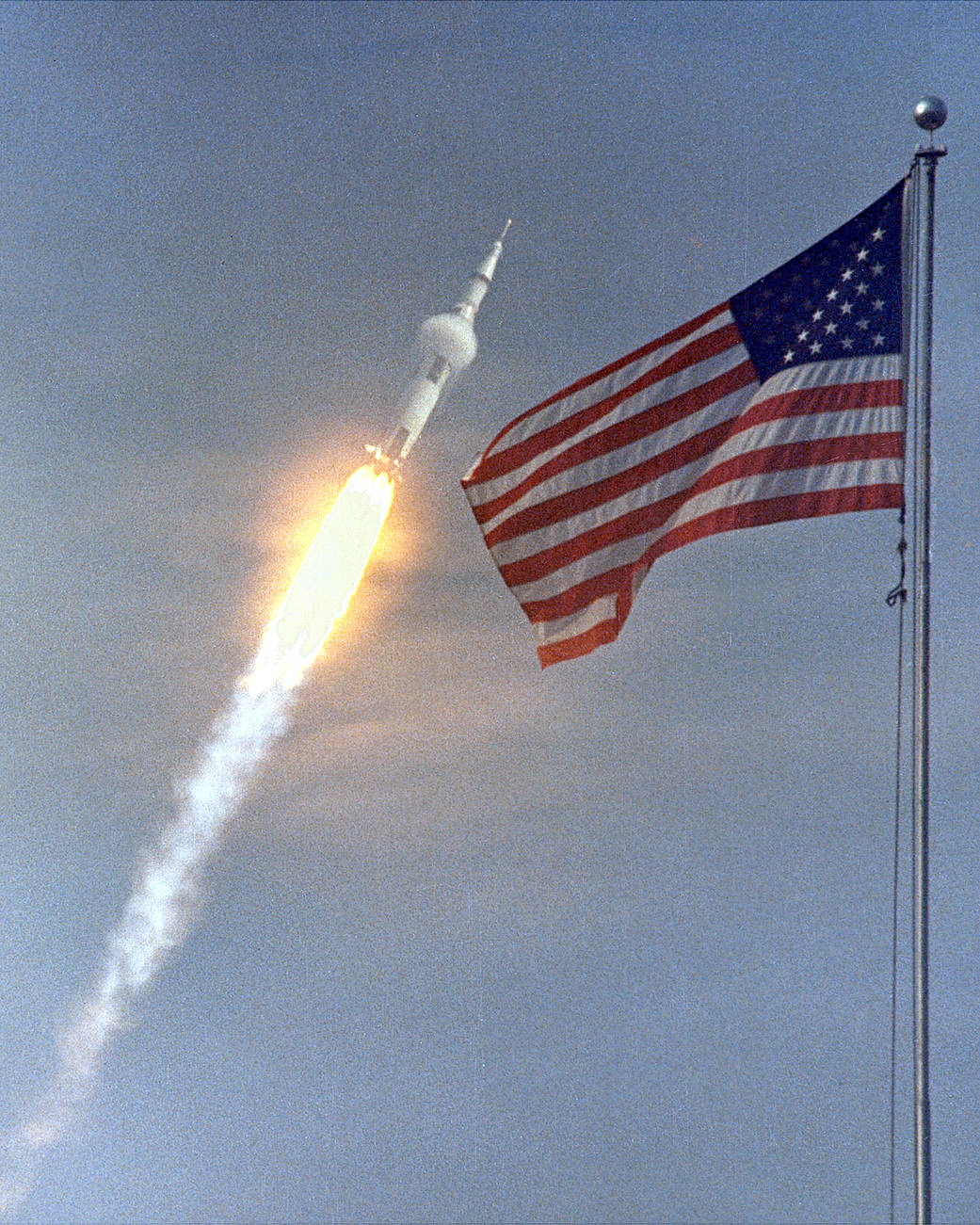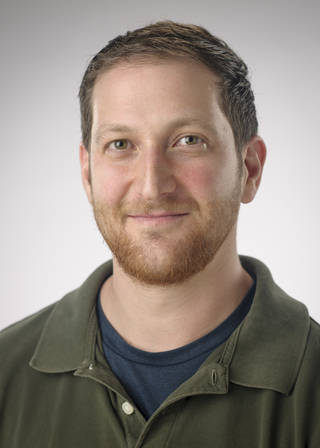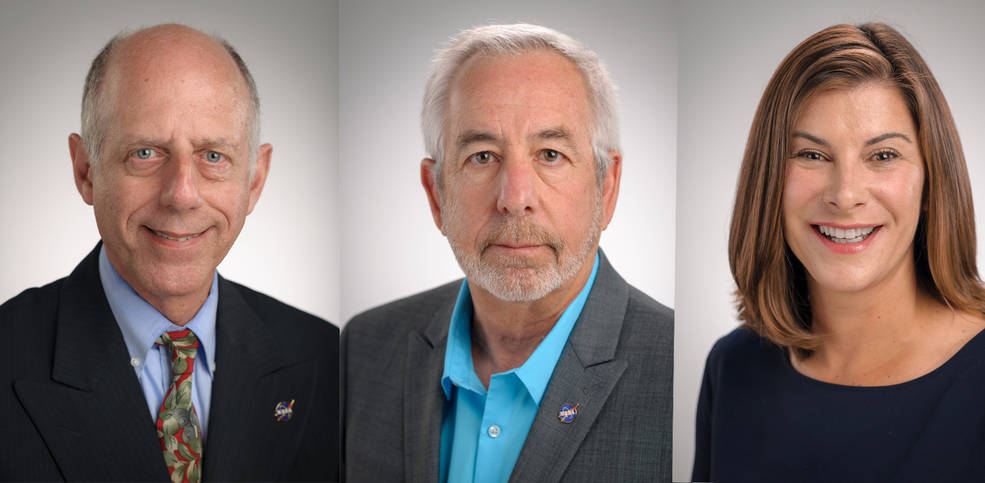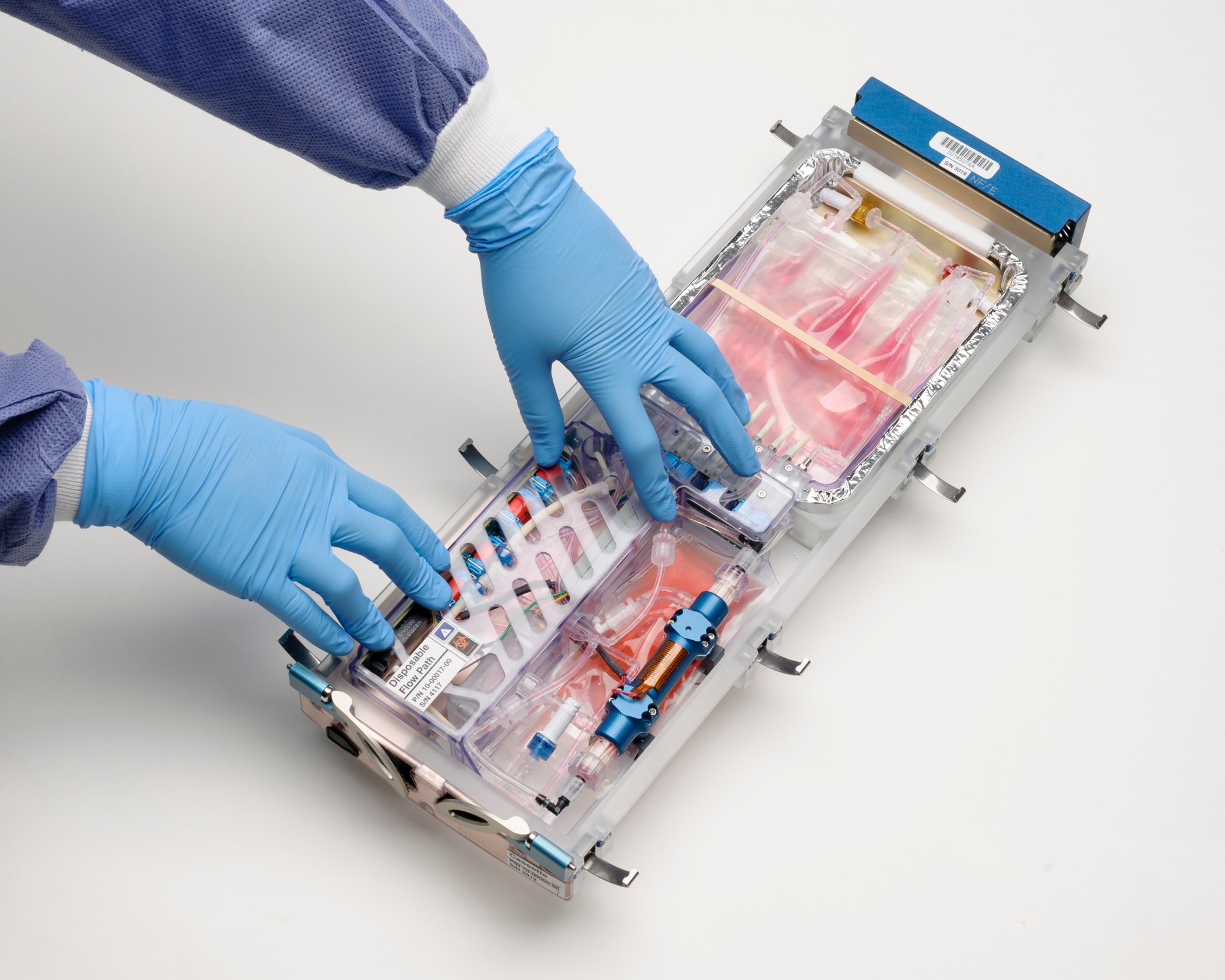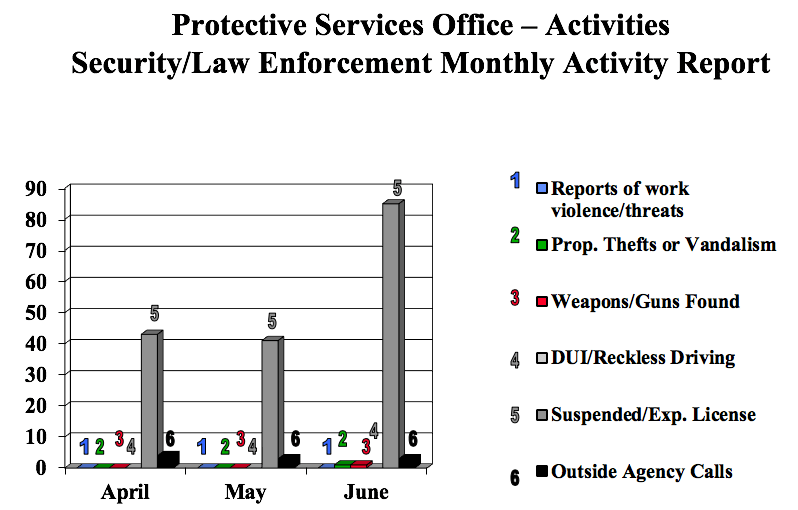Math Invented for Moon Landing Helps Your Flight Arrive on Time
by Abigail Tabor
They say the computers on board the Apollo spacecraft were not even as powerful as your smartphone. So, how did they travel all that way, perform complex maneuvers in space and return through Earth’s atmosphere at just the right angle to splash down in the Pacific Ocean?
Greg Schmidt knows an important part of the answer is based in math. He heard all about it from his father, Stanley Schmidt, who developed powerful computational techniques at NASA Ames, even before the Apollo program was ramping up. After a childhood steeped in this history, Greg grew up to become the director of NASA’s Solar System Exploration Research Virtual Institute, based at Ames.
For full story, see: MoonMath
Ames Hosts NASA in Silicon Valley Live Special Apollo 50th Anniversary Show
On July 20, 1969, humans took their first steps on the Moon. In the episode streamed on July 18, 2019, we spoke about this historic achievement and our future plans to go to the Moon and on to Mars.
Subscribe to this podcast on Apple Podcasts
Subscribe to this podcast on Google Play
Subscribe to this podcast via RSS feed
Subscribe to this podcast on SoundCloud
Credit: NASA Ames
NASA Searches for Life from the Moon in Recently Rediscovered Historic Footage
by Frank Tavares
NASA has released rare, never-before-seen footage of researchers looking for signs of life in the samples brought back by the Apollo 11 astronauts in 1969. The footage shows biologists and chemists at NASA Ames working in a specially designed clean room and applying the most sophisticated analytical techniques of the time to search for life.
Staff at Ames had been searching the center’s archives for unique Apollo artifacts to showcase as the agency prepares to celebrate the 50th anniversary of the Apollo Moon landing on July 20. The footage was recorded on an obsolete 16-mm film format and was digitized and remastered for public release.
This footage from 1969 shows researchers at NASA’s Ames Research Center examining samples of Moon rocks and soil that astronauts brought back from the Apollo 11 mission. The researchers are looking for signs of life endemic to the Moon, as well as organic compounds that are the basic building blocks of life. Of course, no lunar life was found in these samples, and we now know that the Moon does not harbor life. Nevertheless, these tests became the first time that NASA retrieved samples from another world to look for life on that world.
Credit: NASA Ames
For full story, see: HistoricFootage
Ames Participates in USS Hornet Commemorative Splashdown 50 Celebration
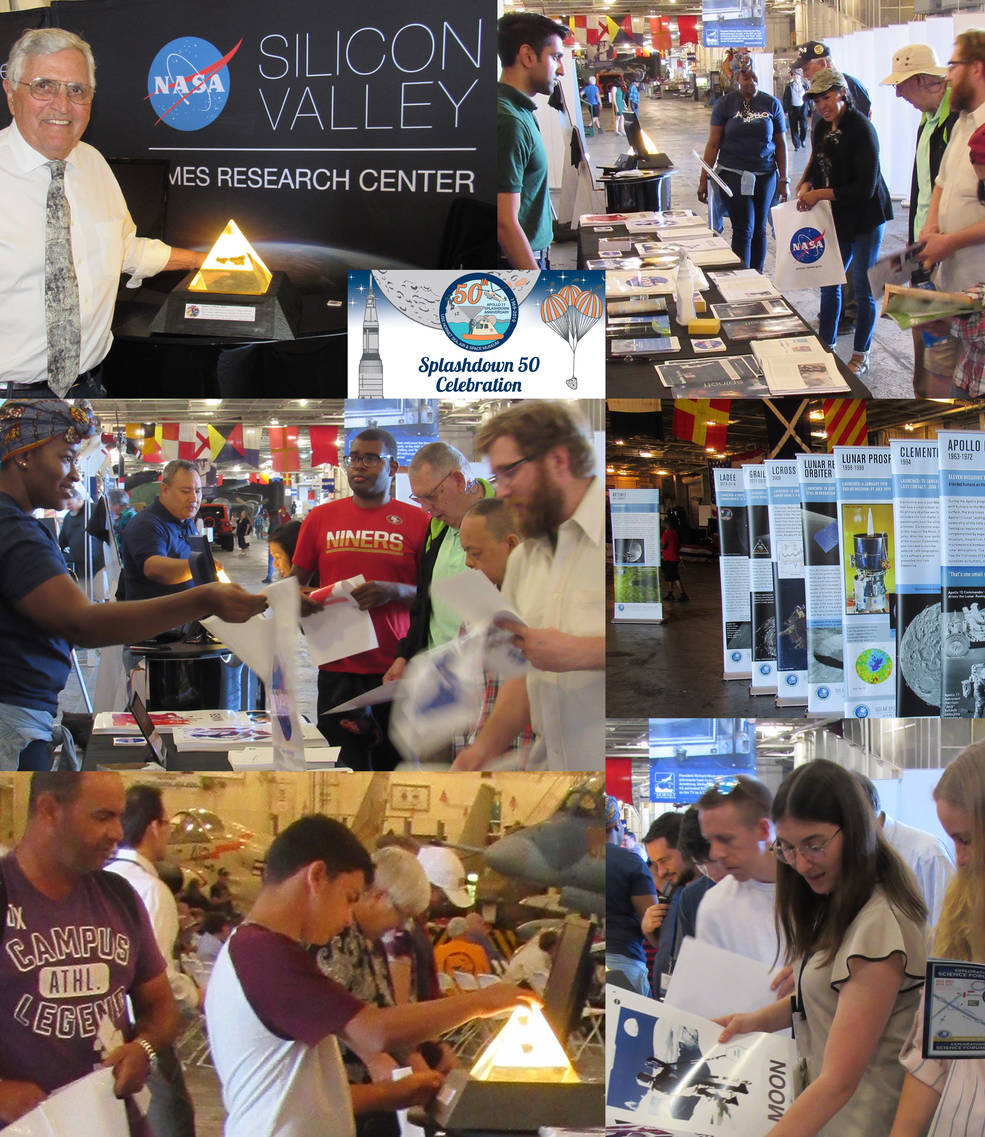
Exploration Science Forum Features Exploration Discussions about the Moon, Mars and Asteroids
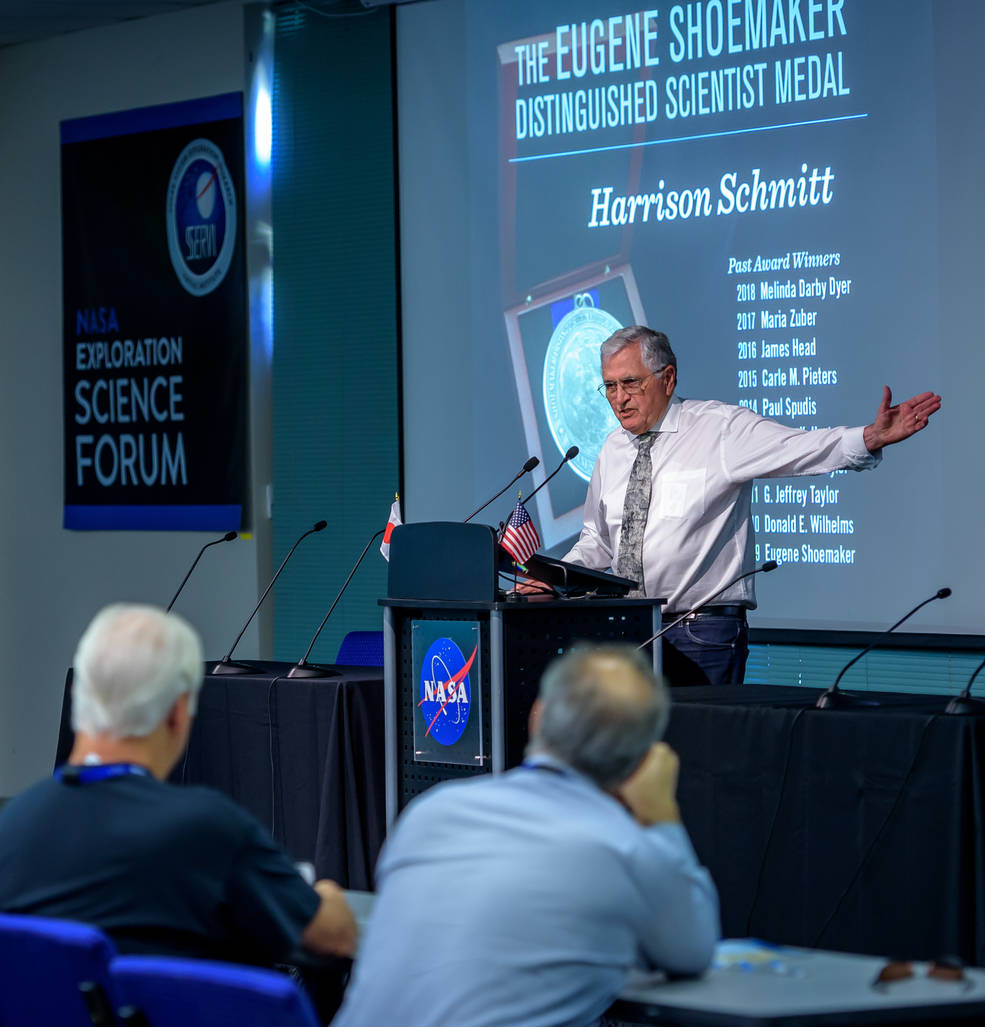
Brown Discusses How the Apollo Missions Were a Monumental Achievement for Humanity
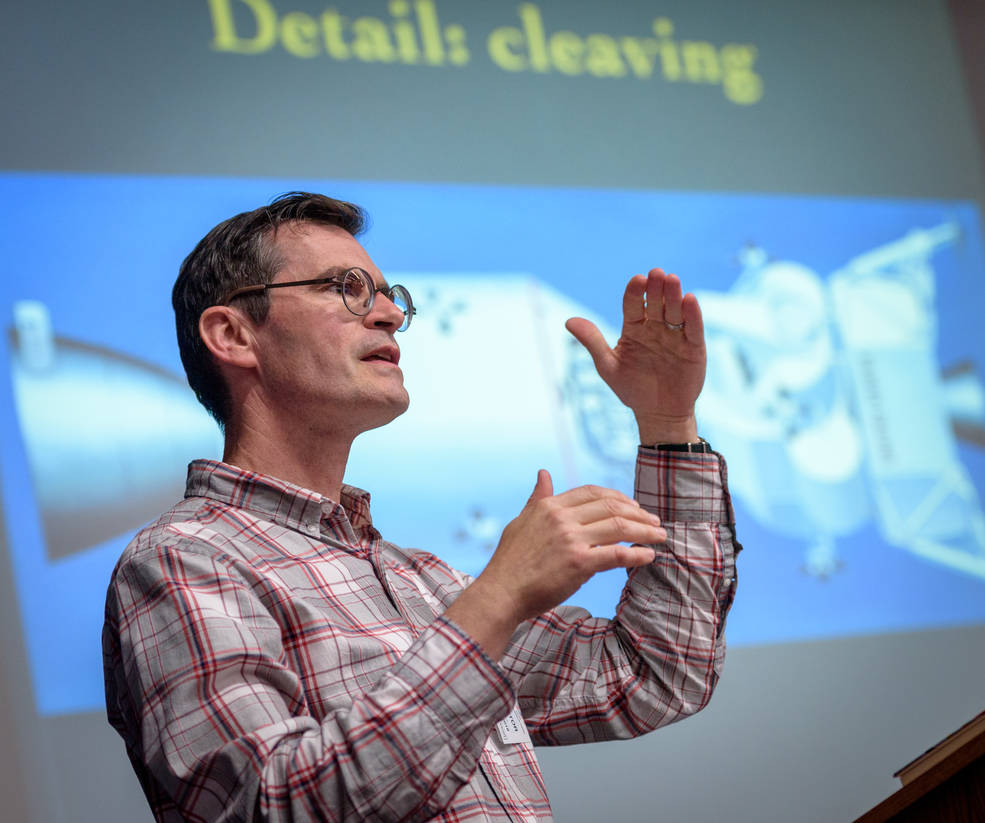
Using a ‘Cave Rover,’ NASA Learns to Search for Life Underground
Scientists test out new methods of discovering life in California lava tubes that could one day be used on other worlds
by Frank Tavares
Imagine descending into a cave carved out by lava to work alongside a rover about the size of Spirit and Opportunity on Mars, watching the pristine wilderness of a national park transition into tall pillars and stalactites, all in a search for subterranean microbes.
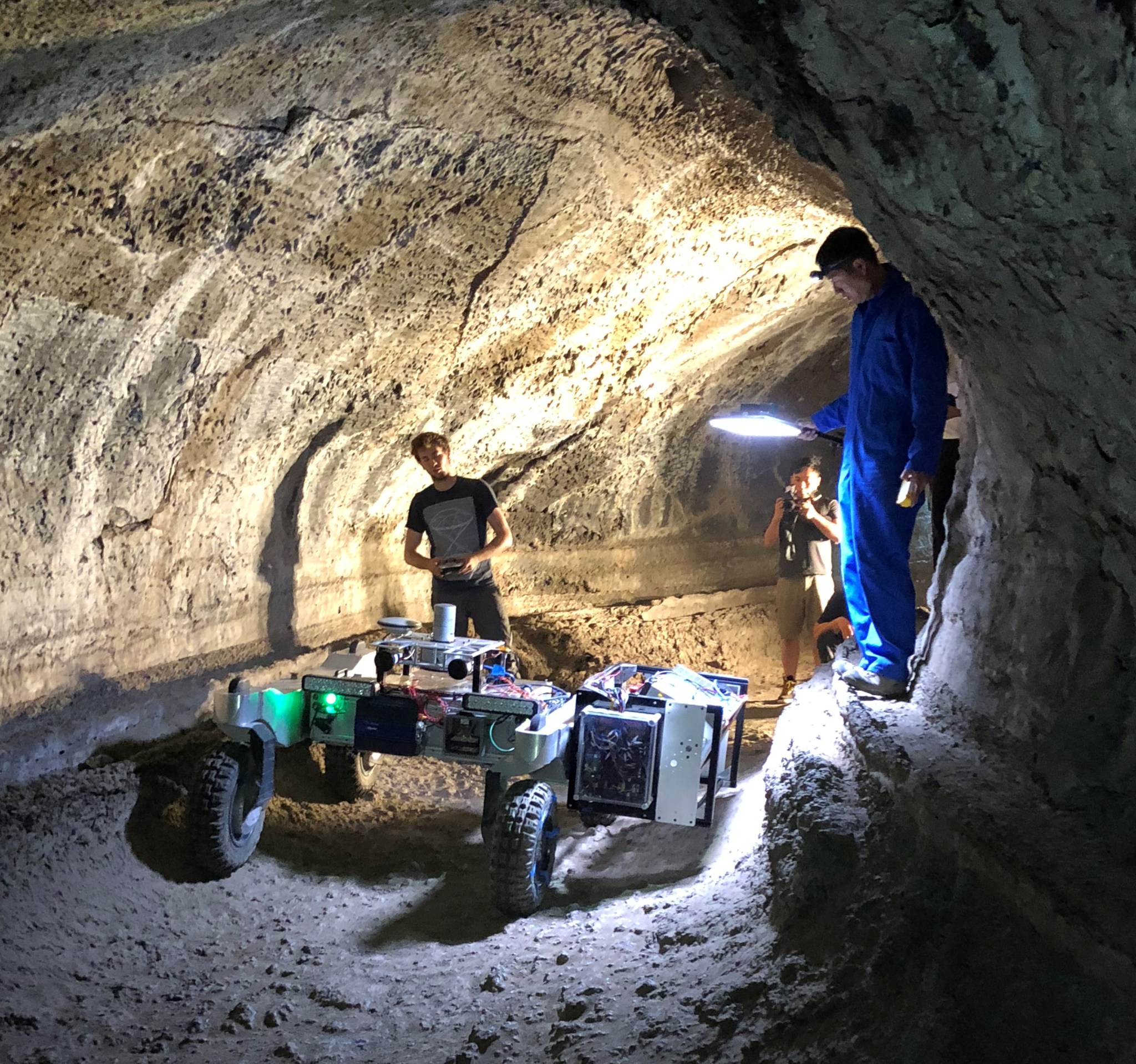
That was a typical day for NASA’s Biologic and Resource Analog Investigations in Low Light Environments project, also known as BRAILLE, while on deployment. Operated out of NASA Ames, the BRAILLE team is developing the capability to detect life on the walls of volcanic caves from afar. To do this, they’re venturing into North America’s largest network of lava tubes, with the goal of advancing efforts to search for life elsewhere in the universe.
For full story, see: CaveRover
NASA Ames Welcomes USGS, Catalyzing Study of Earth from Orbit to Core
This summer, 220 employees of the U.S. Geological Survey, or USGS, are set to move in at NASA Ames. The two federal agencies, which will now have co-located teams, share a mandate to observe, study and understand our home planet.
It’s a short move, as the crow flies – the USGS teams will head just a few miles south from their former campus in Menlo Park – but their presence at Ames will significantly expand scientific cooperation.

For full story, see: USGSMovestoAmes
Employees Join San Francisco Pride 2019 Celebration
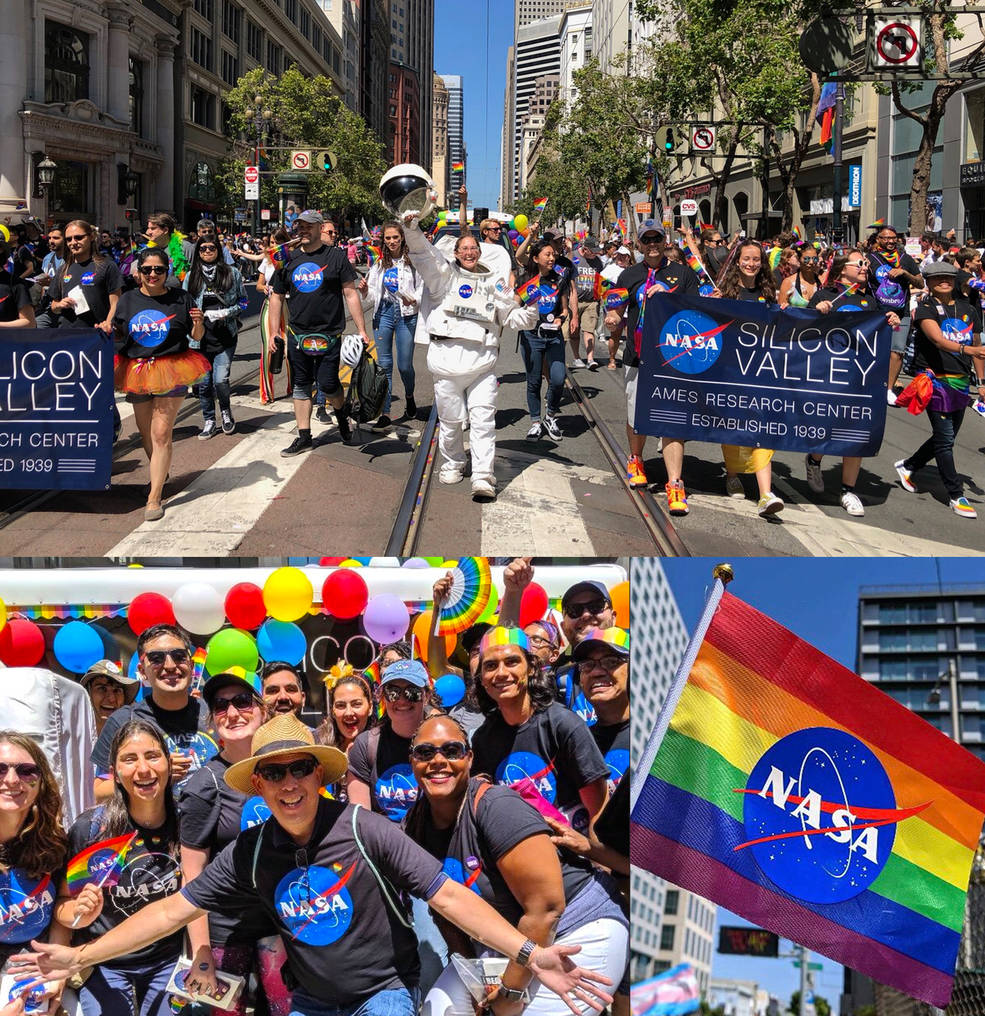
Ames’ David Smith Receives Presidential Early Career Award
President Trump has named 18 NASA researchers as recipients of the Presidential Early Career Award for Scientists and Engineers (PECASE). These recipients, and 296 other federal researchers, will receive their awards later this year at a ceremony in Washington.
The PECASE Award is the highest honor given by the U.S. government to scientists and engineers who are beginning their research careers. The award recognizes recipients’ potential to advance the frontiers of scientific knowledge and their commitment to community service, as demonstrated through professional leadership, education or community outreach.
“These PECASE winners represent some of the brightest early career researchers that NASA supports,” said James Green, NASA chief scientist. “They were selected for what they have already accomplished, but more importantly, we expect they will reach even higher goals in the future. They are shining stars.”
The following 2019 NASA recipients were nominated by the agency’s Science, Human Exploration and Operations, Space Technology, and Aeronautics Research mission directorates, Office of the Chief Engineer, and Office of the Chief Technologist:
- Giada Arney, NASA’s Goddard Space Flight Center, Greenbelt, Maryland – for far-reaching influence in predicting, observing, and communicating about habitability and the potential for life beyond Earth
- Laura Barge, NASA’s Jet Propulsion Laboratory (JPL), Pasadena, California – for innovative fuel-cell based research
- Jennifer Barrila, Arizona State University, Tempe – for advancing understanding of infectious disease with innovated space-based investigations
- Mark Blenner – Clemson University, Clemson, South Carolina – for pioneering use of synthetic biology
- Lynn Carter, University of Arizona, Tucson – for innovative radar polarimetry and remote sensing
- Shawn Domagal-Goldman, Goddard – for physical models of exoplanets
- Erika Hamden, California Institute of Technology, Pasadena – for innovative leadership in studies of the universe
- Rebecca Kramer, Purdue University, West Lafayette, Indiana – for groundbreaking research on adaptive robots and embedded intelligence
- Gioia Massa, NASA’s Kennedy Space Center, Florida – for food cultivation for the International Space Station
- Richard Moore, NASA’s Langley Research Center, Hampton, Virginia – for innovative contributions to aerosol-cloud-climate interactions
- Evan Pineda, NASA’s Glenn Research Center, Cleveland – for state-of-the-art, multiscale failure analysis code
- John Reager, JPL – for analysis of terrestrial global water cycles
- Jonathan Sauder, JPL – for demonstrating innovative technologies to enable a new class of space missions
- Yolanda Shea, Langley – for pioneering shortwave spectral measurements
- David Smith, NASA’s Ames Research Center, Moffett Field, California – for excellence in microbial research in the stratosphere and on the International Space Station
- Kelly Stephani, University of Illinois Urbana-Champaign – for contributions in fundamental high-temperature aerodynamics
- Jennifer Stern, Goddard – for Mars habitability and life detection
- Abigail Vieregg, University of Chicago – for inventing and implementing innovative techniques in neutrino astronomy
The PECASE awards were created to highlight the importance of science and technology for America’s future. These early career awards foster innovative developments in science and technology, increase awareness of careers in science and engineering, provide recognition to the scientific missions of participating agencies, and enhance connections between research and challenges facing the nation. For a complete list of award winners, visit:
For information about NASA programs, projects, and activities visit: https://www.nasa.gov
Retaliation – How Your Ombudsman Can Help
As Ombudsman, we hear from people who believe they have experienced some form of retaliation or reprisal. Retribution can come in the form of absence of support, veiled threats, public humiliation, social ostracism, performance evaluation or termination.
There are many challenges for the individual and the Ombudsman when potential reprisal exist. Climates of fear, calculated actions by individuals who exhibit retalitory acts, cover-ups through paperwork, emotions and conflicting stories make these situations complicated for individuals in the midst of this conflict. We first need to define retaliation.
Equal Employment Opportunity (EEO) laws state that a manager may not fire, demote, harass or otherwise “retaliate” against an individual for filing a complaint of discrimination, participating in a discrimination proceeding or otherwise opposing discrimination. The same laws that prohibit discrimination based on race, color, sex, religion, national origin, age, disability and genetic information also prohibit retaliation against individuals who oppose unlawful discrimination or participate in an employment discrimination proceeding.
According to the Equal Employment Opportunity Commission (EEOC), retaliation is the most frequently alleged basis of discrimination in the federal sector and the most common discrimination finding in federal sector cases. For example, it is unlawful to retaliate against employees for:
- Filing or being a witness in an EEO charge, complaint, investigation or lawsuit.
- Communicating with a manager about employment discrimination, including harassment.
- Answering questions during an employer investigation of alleged harassment.
- Refusing to follow orders that would result in discrimination.
- Resisting sexual advances or intervening to protect others.
Employees who perceive they are the target of reprisal or are reluctant to address openly a legitimate concern in fear that a manager will retaliate in some way may contact their local NASA ombudsman. The ombudsman is an independent, impartial, confidential and informal resource who is available to listen, provide information, coach and help develop a range of responsible options.
The NASA ombudsman serves a very valuable function simply by listening to and hearing a visitor’s description of actual reprisal or fear of reprisal. The ombudsman may help the visitor make the distinction between reprisal and what is considered acceptable, normal practice of the organization in similar circumstances. After identifying normal, acceptable practices, the ombudsman may help the visitor reframe the remaining issues to provide a better focus on the actions (or lack of action) that might actually be reprisal. As a result of listening and reframing the issues, the ombudsman may explore certain aspects of the perceived reprisal informally. If the ombudsman is not in the best position to address the issues presented by the visitor, the ombudsman may refer the visitor to another appropriate person who may enable the visitor to carry the issue forward.
It is NASA’s policy to provide civil servants, Center contractor workforce and other individuals (e.g., partners, customers) who are working on or on a NASA-controlled facility with an informal, independent, confidential and neutral channel to communicate and facilitate resolution of issues and concerns related to safety, organizational performance or mission success without fear of retaliation.
Information in this article came from: https://www.eeoc.gov
To schedule a confidential visit with one of the Ames Ombuds, it is best to call for an appointment. Phil Fluegemann can be reached at ext. 4-5302, Heather Hawley can be reached at ext. 4-1022 and Ed Harmon can be reached at ext. 4-1648. To learn more about the program, visit the NASA Ombudsman website at: https://www.hq.nasa.gov/office/ombuds/index.html
Engaging in the Community at the Mountain View Tech Showcase
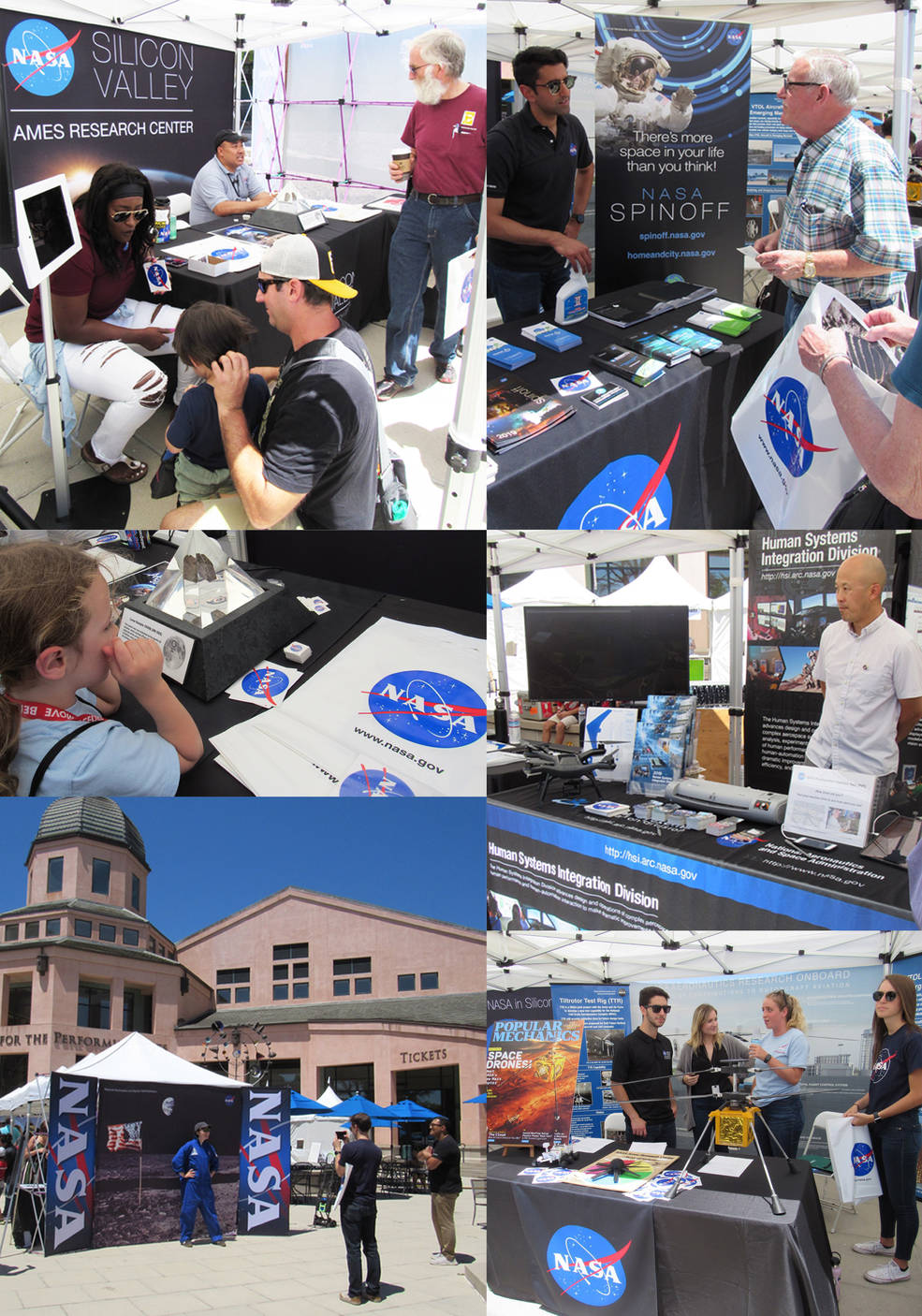
Cell Sciences – Studying How Life Changes in Space
by Abigail Tabor
Some aspects of life function differently in space, and biologists can learn a lot about how it impacts human health by studying cells grown in the microgravity environment, or weightlessness, of the International Space Station. The Bioculture System, developed at NASA Ames, is a new research facility for the orbiting laboratory that will let scientists carry out long-term cell biology studies, on a broad range of subjects and diverse cell and tissue types. This new cell and tissue culture hardware now allows for real-time, remote monitoring of cell cultures and finer control over the conditions in which they grow.
For full story, see:CellScience
Neil Armstrong: Before the Fireworks, Presented by Cam Martin

Lim Discusses NASA’s Multi-Year Analog Programs
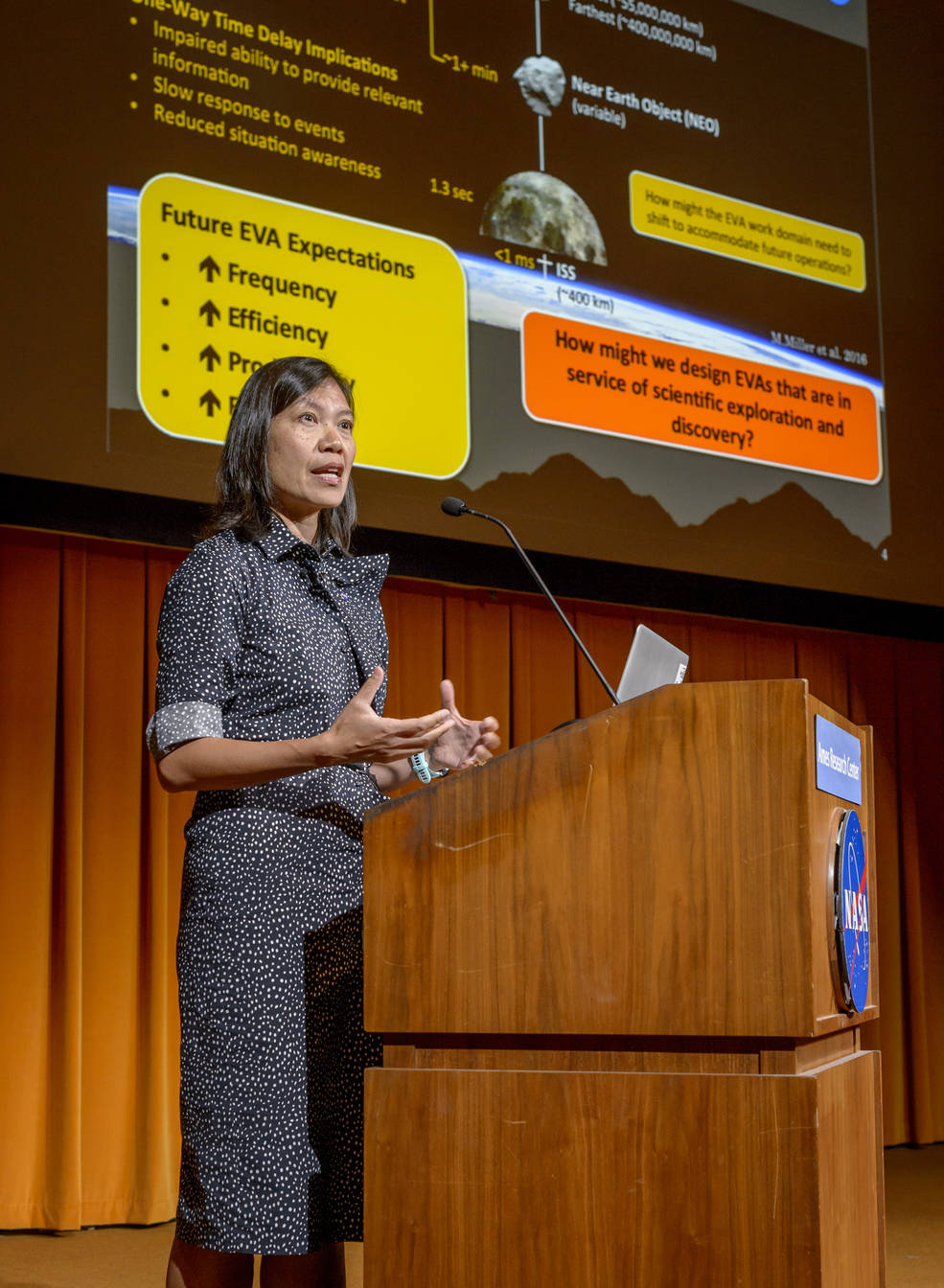
Wilmoth Shares Elements on How to Create a Successful Work Environment

Co-founder of SpaceIL Discusses its Achievements, Challenges and Technologies

Identifying Space Objects and Uncertainty Quantification for Space Traffic Management Discussed

Fekete Discusses the Algorithmic Approach for the Configuration of Swarms

Mehrotra Explains How Ames’ Pleides Supercomputer Supports NASA’s Mission
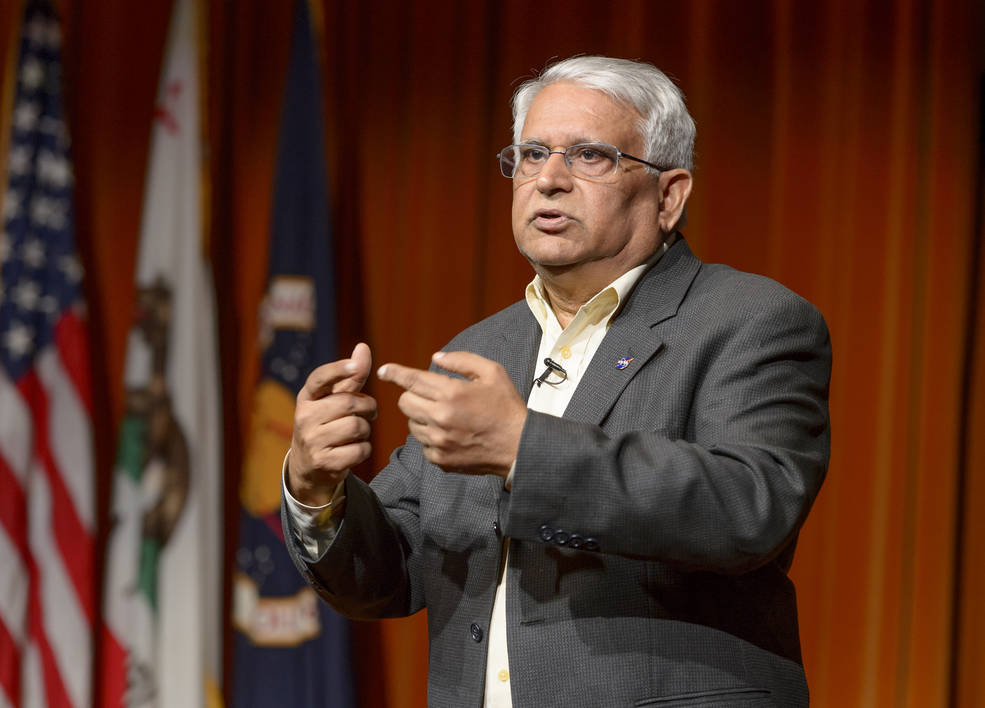
Ames Staff Celebrates 4th of July with Fun Run/Walk/Roll
